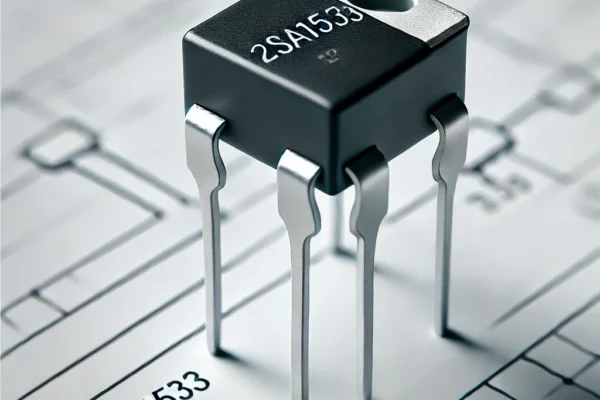Maintaining a pristine lawn is an essential aspect of enhancing the curb appeal of your home. A well-manicured lawn not only adds beauty but also increases property value. If you’re looking to achieve a professional finish while mowing your lawn, understanding the right techniques and best practices is key. Here, we’ll explore effective strategies that will transform your lawn care routine, making it simpler and more enjoyable.
Understanding Your Lawn
Before diving into the mowing process, it’s important to understand the type of grass you have. Different grass types have unique growth patterns and require specific care. Cool-season grasses thrive in northern climates, while warm-season grasses are better suited for southern regions. Knowing your grass type helps determine the best mowing height and frequency, ensuring a healthy lawn.
Maintaining a healthy lawn begins with proper soil care. Soil quality impacts grass growth, so testing your soil for pH and nutrient levels can provide insight into any necessary amendments. Aerating your lawn can also improve airflow and water absorption, promoting a thriving environment for your grass.
The Right Tools for the Job
Investing in quality mowing equipment is crucial. A sharp, well-maintained mower makes all the difference in achieving a clean cut. Dull blades can tear the grass instead of cutting it, leading to a ragged appearance and increased susceptibility to disease. Regularly check and sharpen your mower blades to maintain their effectiveness.
Additionally, consider the type of mower that best suits your lawn. While push mowers are ideal for smaller yards, riding mowers are more efficient for larger spaces. For those who prefer a more eco-friendly option, reel mowers are a great choice. Ultimately, the right mower can make your lawn care experience much more manageable.
Timing is Everything
The timing of your mowing can greatly affect the health of your lawn. Mowing during the heat of the day can stress your grass, causing it to wilt. The best time to mow is typically late afternoon or early evening when temperatures are cooler. Additionally, it’s best to mow when the grass is dry to avoid clumping and uneven cuts.
Regular mowing schedules help maintain your lawn’s health and appearance. During peak growing seasons, this may mean mowing once a week. However, as growth slows in the fall, you can extend the intervals between cuts. Keeping a consistent schedule helps your lawn look its best and reduces the risk of overgrowth.
Perfecting Your Mowing Technique
When it comes to mowing, technique matters. Always mow in straight lines for a neat appearance. Changing the direction of your mowing pattern each time can also prevent soil compaction and promote healthier growth. For example, if you mow vertically one week, try horizontal or diagonal patterns the next.
Adjusting the mowing height according to the season is crucial. Keeping your grass at the recommended height for its type encourages root growth and resilience. During the growing season, a height of 2.5 to 3 inches is generally ideal, while allowing for slightly taller grass in cooler months. Taller grass can provide shade for the soil, helping to retain moisture.
Grasscycling: A Sustainable Practice
Grasscycling is an environmentally friendly practice that involves leaving grass clippings on the lawn after mowing. These clippings decompose and return valuable nutrients to the soil, reducing the need for chemical fertilizers. If done correctly, grasscycling can enhance your lawn’s health and appearance without the extra hassle of bagging and disposing of clippings.
For effective grasscycling, ensure that your mower is set to a proper height to avoid excessive clumping of clippings. If the grass is too long, consider mowing twice to achieve an optimal height while leaving smaller clippings behind.
Lawn Care Beyond Mowing
While mowing is a vital part of lawn maintenance, it’s not the only aspect to consider. Fertilization, irrigation, and weed control are equally important for a healthy lawn. Regularly testing soil and applying the appropriate fertilizers ensures your grass receives the nutrients it needs.
Irrigation systems should be adjusted based on seasonal rainfall. Deep, infrequent watering encourages deep root growth and drought resistance. Always check for dry spots and adjust your watering schedule accordingly.
Weed control is also essential. Maintaining a healthy lawn helps suppress weeds, but additional measures may be necessary during peak growing seasons. Hand-pulling weeds or using organic herbicides can help keep your lawn weed-free without harming beneficial organisms in the soil.
The Importance of Seasonal Care
Seasonal changes bring different challenges and opportunities for lawn care. In spring, focus on aeration and fertilization to encourage growth. Summer demands more frequent mowing and irrigation. Fall is the perfect time for overseeding and preparing your lawn for winter dormancy.
Preparing your lawn for winter is often overlooked but crucial for its health. Raking leaves and clearing debris ensures that your lawn can breathe and absorb moisture. Additionally, applying a winter fertilizer can give your grass a nutrient boost, allowing it to thrive when spring arrives.
The Benefits of Professional Help
While many homeowners enjoy tending to their lawns, seeking professional help can sometimes be beneficial. Lawn care experts bring a wealth of knowledge and experience, providing tailored advice and services. Whether you need assistance with fertilization, pest control, or seasonal maintenance, professionals can enhance the overall health and beauty of your lawn.
If you’re interested in learning more about how to mow your lawn like a pro, check out this helpful resource that provides additional insights and tips. Understanding these techniques can empower you to take your lawn care to the next level.
Conclusion
Achieving a beautiful, well-maintained lawn requires dedication and the right techniques. By understanding your grass type, using the appropriate tools, and following effective mowing practices, you can create a landscape that enhances your home’s appeal. Remember, lawn care is not just about mowing; it encompasses fertilization, watering, and seasonal preparations. With these strategies in mind, you’re well on your way to mowing your lawn like a pro.








Leave a Reply
You must be logged in to post a comment.